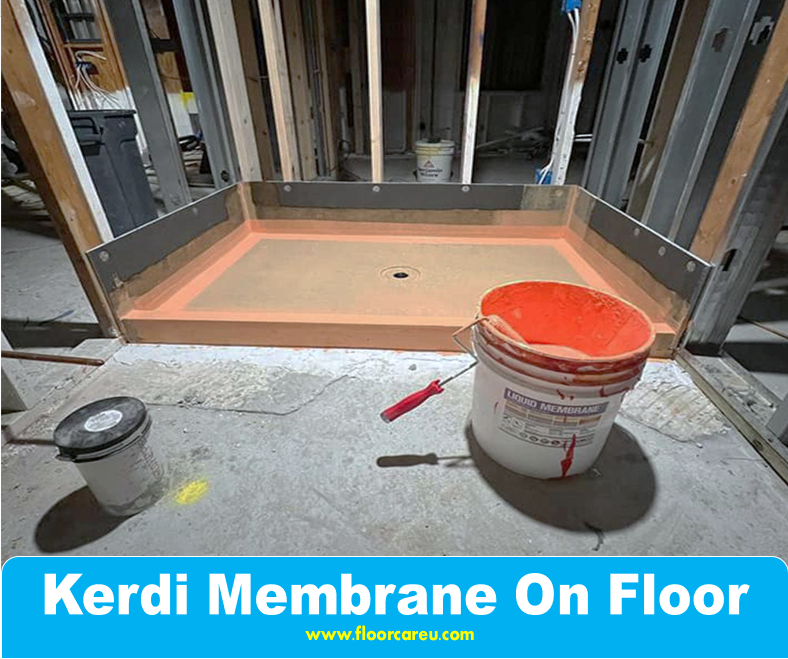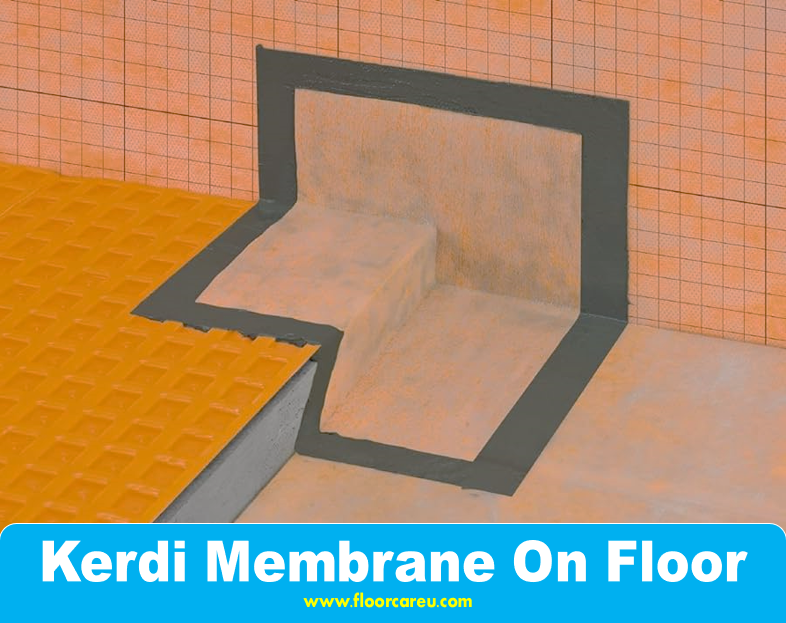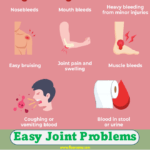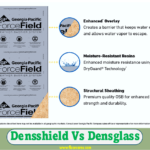Kerdi Membrane On Floor: Yes, you can use Kerdi membrane on the floor to create a waterproof surface for tiling. This plastic fabric is attached with thin-set mortar for effective waterproofing.
It acts as a protective layer shielding the substrate. When it comes to floor tiling, using a waterproofing membrane like Kerdi is essential to prevent water damage and ensure the longevity of the installation. The Kerdi membrane, made of polyethylene, creates a waterproof barrier, protecting the underlying structure.
Its application with thin-set mortar provides a reliable, durable solution for floor-tiling projects. Additionally, the Kerdi membrane can be used on various surfaces suitable for tiling, making it versatile and practical for different bathroom and shower floor applications. With the ability to prevent cracked tiles and grout, the Kerdi membrane is an effective underlayment, offering a comprehensive solution for waterproofing and tiling needs.

1. Benefits Of Using Kerdi Membrane On Floors
Utilizing the Kerdi membrane on floors ensures superior waterproofing protection, preventing damage and enhancing tile longevity. The membrane’s easy application process and durable material make it a cost-effective and efficient choice for floor installations.
Prevention Of Cracked Tile And Grout
Kerdi membrane provides uncoupling to prevent cracked tile and grout.
Waterproofing Capabilities
The Kerdi membrane creates a waterproofing layer protecting the substrate.
Ease Of Installation
Installing the Kerdi membrane is easy and efficient with its simple application process.
2. Installation Process Of Kerdi Membrane On Floors
When installing Kerdi membrane on floors, it is crucial to follow specific steps to ensure a proper and effective installation. The process involves preparing the substrate, applying thin-set mortar, applying the Kerdi membrane, and installing corners and bands.
Preparing The Substrate
The first step in installing the Kerdi membrane is to prepare the substrate. This involves ensuring that the surface is clean, debris-free, and properly sloped to allow for adequate drainage. Any cracks or imperfections should be repaired, and the substrate should be primed to promote adhesion.
Applying Thin-set Mortar
After preparing the substrate, the next step is to apply a thin layer of thin-set mortar to the surface. The mortar should be applied evenly using the appropriate trowel to create a smooth and uniform base for the Kerdi membrane.
Applying Kerdi Membrane
Once the thin-set mortar is in place, the Kerdi membrane can be applied. The membrane should be cut to the appropriate size and pressed firmly into the mortar, ensuring it is securely adhered to the substrate. Any seams or overlaps should be properly waterproofed to maintain the membrane’s integrity.
Installing Corners And Bands
To complete the installation of the Kerdi membrane on floors, special attention should be given to installing corners and bands. These areas are particularly vulnerable to water penetration, so it is essential to properly seal and reinforce them with the Kerdi membrane to ensure a watertight installation.
3. Comparing Kerdi Membrane With Other Underlayment Solutions
When selecting the right underlayment solution for your floor, a few options exist. One popular choice is the Kerdi membrane, a versatile and durable option with numerous benefits. In this section, we will compare the Kerdi membrane with other underlayment solutions to help you decide on your flooring project.
Differences With Ditra Membrane
If you are looking for an uncoupling membrane, the Kerdi and Ditra membranes are excellent choices. However, they have slight differences that are worth considering. The Ditra membrane is a polyethylene uncoupling underlayment with a grid design specifically designed for ceramic and stone tile installations on floors. It provides uncoupling to prevent cracked tile and grout while also creating a waterproofing layer to protect the substrate. On the other hand, the Kerdi membrane is a fabric-like material made from the same plastic as a water bottle. It is also waterproof, but its installation process and overall characteristics differ from the Ditra membrane.
Kerdi Board Vs. Cement Board
Another popular underlayment solution for tiled floors is cement board. However, the Kerdi board offers unique advantages, making it a worthy alternative. Kerdi board is a lightweight polystyrene board faced with Kerdi, available in various thicknesses. It can be used as a substitute for drywall or cement board in tile installations. Installing the Kerdi board is a breeze – secure it with screws, tape the joints and screw holes, and then proceed with tile installation. Its lightweight nature makes it easier to handle and transport while still providing excellent waterproofing and stability.
In conclusion, it’s important to consider your specific needs and preferences when comparing the Kerdi membrane with other underlayment solutions, such as the Ditra membrane or cement board. The Kerdi membrane offers unique qualities and benefits, making it a popular choice among homeowners and professionals. Its versatility, durability, and ease of installation make it an excellent underlayment solution for various floor-tiling projects. Whether you are renovating your bathroom or installing a new kitchen floor, the Kerdi membrane is worth considering.

4. Practical Applications Of Kerdi Membrane On Bathroom Floors
Transform your bathroom floors with the practical application of the Kerdi membrane. This innovative solution provides a waterproof layer, ensuring durability and longevity for your tiled floors. Say goodbye to worries about cracked tiles and grout with Kerdi membrane on your bathroom floors.
Waterproofing Shower Floors
When waterproofing shower floors, using the Kerdi membrane is an excellent choice. Kerdi membrane is a high-quality waterproofing system that provides a durable and reliable barrier against water damage. Whether renovating your bathroom or building a new one, incorporating the Kerdi membrane into your shower floor can offer several practical benefits. First and foremost, the Kerdi membrane ensures maximum water resistance, preventing any leaks or seepage that can cause structural damage and mold growth. This is especially crucial in wet areas like shower floors, where water exposure is constant. By creating a watertight seal, the Kerdi membrane gives you peace of mind and protects your bathroom from costly repairs.
Using Kerdi Board On Shower Floors
In addition to using the Kerdi membrane, you can complement its waterproofing properties by incorporating the Kerdi board on shower floors. Kerdi board is a lightweight and easy-to-install substrate that is a solid foundation for your tile installation. It provides excellent support and stability, ensuring your shower floor remains strong and resistant to cracks or shifting. One of the advantages of using Kerdi board on shower floors is its versatility. Unlike cement board, Kerdi board is lightweight and flexible, making it easier to handle and install.
It also eliminates the need for additional waterproofing measures, as it already has waterproof properties. To install the Kerdi board, cut it to size and apply thin-set mortar to the substrate. Press the Kerdi board firmly into place, ensuring full coverage and a secure bond. Finally, seal the joints with the Kerdi band to create a seamless, waterproof surface. Using the Kerdi board on shower floors enhances the waterproofing capabilities and simplifies the installation process. With its reliable performance and ease of use, the Kerdi board is a practical choice for achieving a long-lasting, waterproof shower floor.
In conclusion, incorporating Kerdi membrane and Kerdi board into your bathroom renovation or construction project offers practical advantages for waterproofing shower floors. Whether you use the membrane alone or combine it with the board, you can ensure maximum water resistance and a durable foundation for your tile installation. Say goodbye to water damage and hello to a beautiful and functional bathroom with Kerdi membrane and Kerdi board.
5. Analysis And Recommendations
Suitability Of Kerdi Membrane For Various Floor Types
The Kerdi membrane is highly suitable for various floor types, including bathrooms, kitchens, and other wet areas. Its waterproofing capabilities make it ideal for ensuring long-term durability and protection against moisture damage. Whether it’s a tiled shower floor, a kitchen floor, or a bathroom floor, the Kerdi membrane offers a reliable solution for creating a waterproof barrier, preventing water infiltration, and ensuring the floor’s structural integrity.
Cost Comparison With Traditional Methods
The cost of using Kerdi membrane may seem higher initially compared to traditional methods. However, considering the long-term benefits and reduced maintenance costs, the investment in the Kerdi membrane proves to be cost-effective. Traditional methods often require multiple layers of waterproofing materials and extensive labor, leading to higher overall costs. In contrast, the Kerdi membrane eliminates the need for such multiple layers, saving on material and labor expenses in the long run.
Frequently Asked Questions Of Kerdi Membrane On Floor
What Is The Ditra Membrane On The Floor?
Ditra is a polyethylene uncoupling underlayment used for ceramic and stone tile floors to prevent cracks and ensure waterproofing.
Can I Use Kerdi Board Instead Of Cement Board?
Yes, you can use Kerdiboard instead of cement board. It’s a lightweight polystyrene board that installs easily and works well for tiling projects.
Can You Use Kerdi Membrane On The Floor?
Yes, you can use the KERDI membrane on the floor. It is a waterproofing membrane made of plastic fabric that provides a waterproof layer. The membrane is attached to the floor using thin-set mortar.
Can I Use the Kerdi Board On the Shower Floor?
Yes, you can use Kerdi board on a shower floor as it waterproofs the floor and provides a suitable subfloor for tiling, eliminating the need for a mortar bed.
What Is The Purpose Of The Ditra Membrane On The Floor?
The Ditra membrane is an uncoupling underlayment that provides a waterproof layer and prevents cracked tile and grout on floors.
Can I Use Kerdi Board Instead Of Cement Board?
The Kerdi board is a lightweight alternative to the cement board. It installs easily and provides a waterproof surface for tile installation.
Conclusion
Using the Kerdi membrane on the floor offers a significant advantage in waterproofing and protecting the substrate, which is essential for ensuring the longevity and durability of your tile installations. With its uncoupling properties to prevent cracked tiles and grout, it is a reliable solution for successful floor-tiling projects.
The flexibility and ease of installation make it a preferred choice for many DIY enthusiasts and professionals. Whether waterproofing a shower floor or installing tiles in other areas, the Kerdi membrane is a versatile and effective solution.


